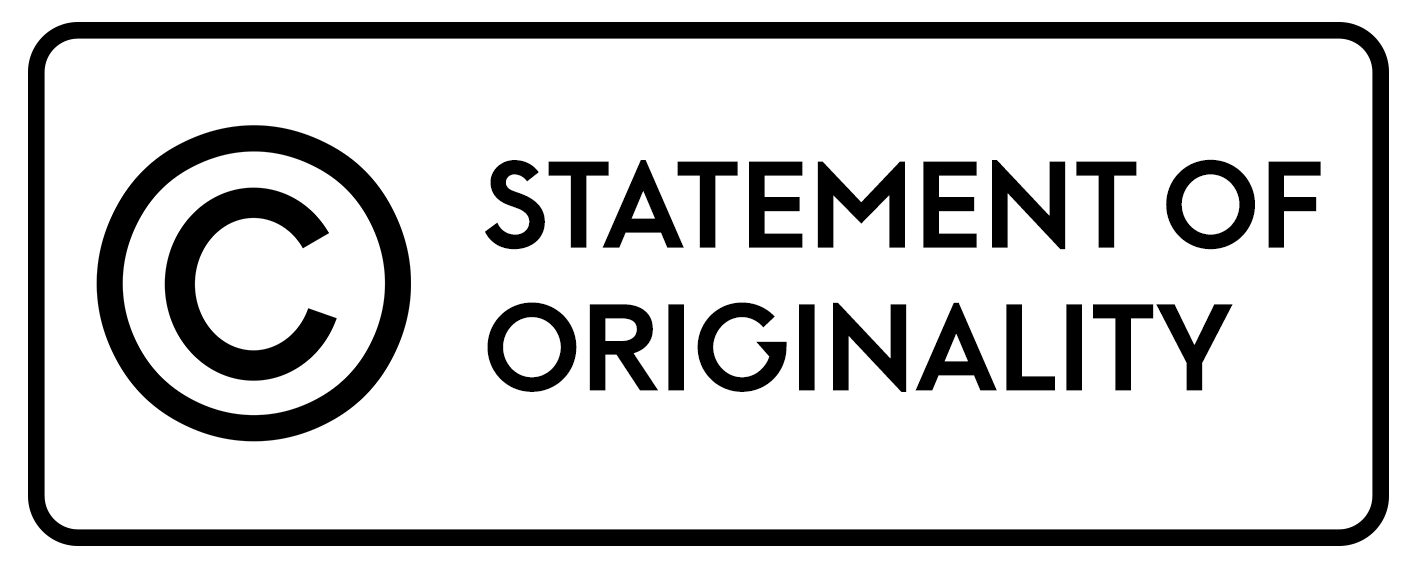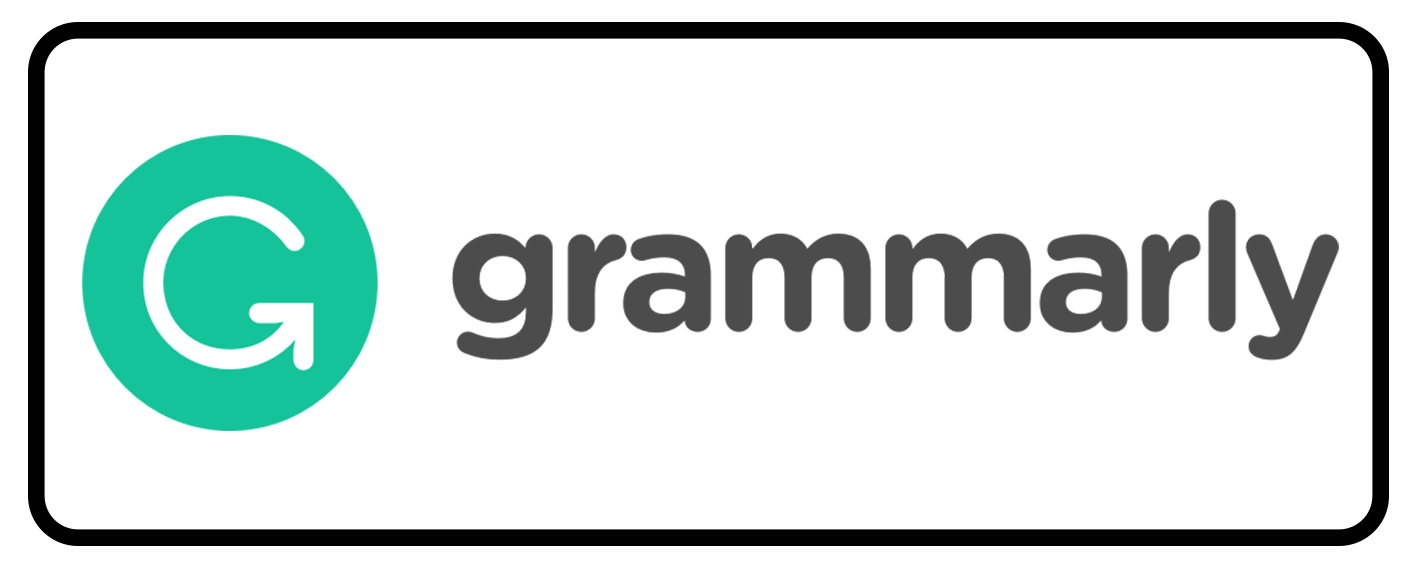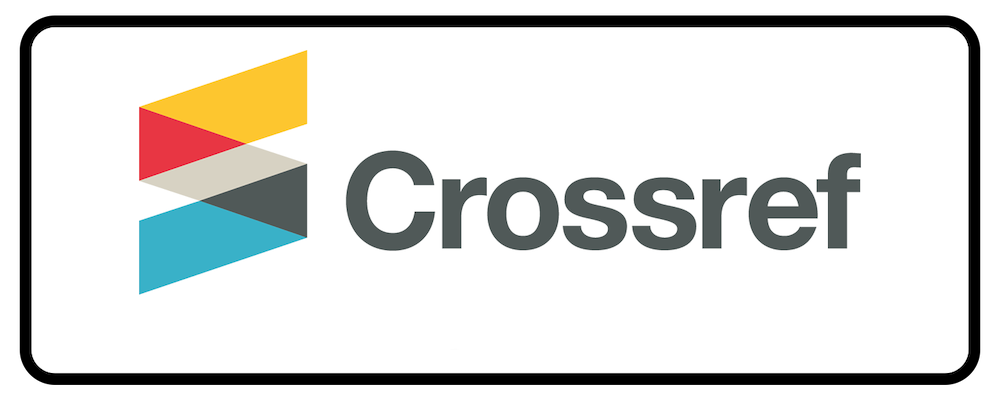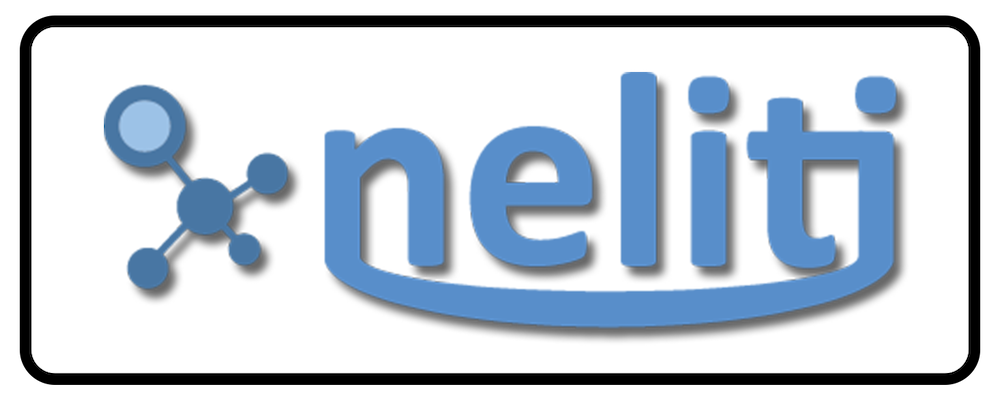When local meets global: Exploring multiculturalism beyond code mixing in Indonesian food endorsements on social media
Abstract
The use of code-mixing in social media has amassed significant attention as social media platforms have become prominent spaces for communication in recent years. This study aims to explore how code-mixing in Instagram captions serves as a reflection of multiculturalism in Indonesia. Through content analysis of posts from the Instagram account which focus on food reviews and endorsements, this research provides insights into the intersection of language, culture, and social media in a diverse, globalized context, The source of data is from Instagram account @sobatjajan.samarinda where the posts were manually reviewed, and captions that included food-related content and employed code-mixing were selected for analysis. The findings revealed 37 relevant captions, categorized into three main themes: (1) content promoting local food from the three major ethnic groups in Samarinda, (2) posts showcasing a broader diversity of Indonesian cuisine, and (3) content featuring foreign food influences. Through a linguistic analysis of these captions, the study illustrates how code-mixing not only serves as a promotional tool but also highlights the multicultural dynamics of the region, blending local and global influences in food culture.
Keywords
Full Text:
PDFReferences
Arasaratnam, L. A., & Doerfel, M. L. (2005). Intercultural communication competence: Identifying key components from multicultural perspectives. International Journal of Intercultural Relations, 29(2), 137–163. https://doi.org/10.1016/j.ijintrel.2004.04.001
Aw, E. C. X., & Labrecque, L. I. (2020). Celebrity endorsement in social media contexts: understanding the role of parasocial interactions and the need to belong. Journal of Consumer Marketing, 37(7), 895–908. https://doi.org/10.1108/JCM-10-2019-3474
Chen, G.M. (2012). The impact of new media on intercultural communication in global context. China Media Research, 8(2), 1–10. http://search.ebscohost.com/login.aspx?direct=true&profile=ehost&scope=site&authtype=crawler&jrnl=15571351&AN=85368643&h=ELkvimgzB1D61I3ebVvBrAWTyLasUQTSMAqZ33VOOgxePoXkY73++ejNPUbjf1En9cNSPIMTOPuWGKsdnMTeDQ==&crl=c
Daniswari, D. (2022, February 2). Sejarah Samarinda, suku, bahasa, dan asal-usul nama yang awalnya Samarandah. Kompas.com. https://regional.kompas.com/read/2022/02/02/221600278/sejarah-samarinda-suku-bahasa-dan-asal-usul-nama-yang-awalnya-samarandah?page=all
Deng, Q., Hine, M. J., Ji, S., & Wang, Y. (2021). Understanding consumer engagement with brand posts on social media: The effects of post linguistic styles. Electronic Commerce Research and Applications, 48(May), 101068. https://doi.org/10.1016/j.elerap.2021.101068
Eagan, J. L. (2023). Multiculturalism. https://www.britannica.com/topic/multiculturalism
Hurst, A. L. (2023). Introduction to qualitative research methods. Oregon State University.
Ivison, D. (2001). Multiculturalism. In International encyclopedia of the social & behavioral sciences (pp. 10169–10175). Elsevier. https://doi.org/10.1016/B0-08-043076-7/01059-7
Ikhsani, N. A. (2012). Code mixing in the articles of GoGirl magazine. Lexicon, 1(3), 295–304.
Jandt, F. E. (2021). An introduction to intercultural communication: Identities in a global community (10th ed.). Sage Publications.
Kaplan, A. M., & Haenlein, M. (2010). Users of the world, unite! The challenges and opportunities of social media. Business Horizons, 53(1), 59–68. https://doi.org/10.1016/j.bushor.2009.09.00
Kuliner Samarinda [@sobatjajan.samarinda]. (n.d.). [Instagram profile]. Instagram. Retrieved September 30, 2024 from https://www.instagram.com/sobatjajan.samarinda/
Kymlicka, W. (2001). Politics in the Vernacular: Nationalism, Multiculturalism, and Citizenship. Oxford University Press.
Mewengkang, C., & Fansury, A. H. (2021). Writing daily status on social media: Code-mixing and code-switching phenomena: A literature review. Klasikal: Journal of Education, Language Teaching and Science, 3(3), 80–87. https://doi.org/10.52208/klasikal.v3i3.110
Monika, W., Nasution, A. H., & Nasution, S. (2019). The role of social media on intercultural communication competences. Proceedings of the Second International Conference on Social, Economy, Education and Humanity, 483–491.
Munaro, A. C., Barcelos, R. H., Francisco Maffezzolli, E. C., Rodrigues, J. P. S., & Paraiso, E. C. (2024). Does your style engage? Linguistic styles of influencers and digital consumer engagement on YouTube. Computers in Human Behavior, 156. https://doi.org/10.1016/j.chb.2024.108217
Muysken, P. (2000). Bilingual speech: A typology of code-mixing. Cambridge University Press.
Parekh, B. C. (2002). Rethinking Multiculturalism: Cultural Diversity and Political Theory. Harvard University Press.
Prudencio, A. B., Sherwin, C., Barcelona, J., Niduaza, B., & Tongawan, C. (2023). Stylistic and discourse analysis of the language of social media influencers. Iconic Research and Engineering Journal, 7(1), 322–325.
Putri Lianda, N., Rizka, B., & Lismalinda. (2022). The analysis of code mixing in social media: A case study of code-mixing used. Jurnal English Teaching and Linguistics, 3(2), 116. https://ejournal.unida-aceh.ac.id/index.php/jetli
Rahmawati, E., Herlina, & Lustyantie, N. (2025). Unleashing English-speaking proficiency: The role of academic environment, technology, and linguistic adaptability—Evidence from Indonesia. Social Sciences & Humanities Open, 12, 101821. https://doi.org/10.1016/j.ssaho.2025.101821
Santoso, N. P. L., Rawat, B., Ratri, S. R., Danang, D., Ferdiyatmoko Cahya Kumoro, D., Supriati, R., & Natalia, E. A. (2025). Transformation of Indonesian language in social media using AI expert systems and machine learning. International Transactions on Artificial Intelligence (ITALIC), 3(2), 130–139. https://doi.org/10.33050/italic.v3i2.806
Spolsky, B. (1998). Sociolinguistics. Oxford University Press.
Sutrisno, B., & Ariesta, Y. (2019). Beyond the use of code mixing by social media influencers in Instagram. Advances in Language and Literary Studies, 10(6), 143. https://doi.org/10.7575/aiac.alls.v.10n.6p.143
World Population Review. (2024). Social media users by country 2024. https://worldpopulationreview.com/country-rankings/social-media-users-by-country
DOI: http://dx.doi.org/10.30872/calls.v11i0.22573
Copyright (c) 2025 Nita Maya Valiantien, Ririn Setyowati, Alamsyah Alamsyah

This work is licensed under a Creative Commons Attribution-ShareAlike 4.0 International License.
Editorial address:
Fakultas Ilmu Budaya, Universitas Mulawarman
Address: Jl. Ki Hajar Dewantara, Gunung Kelua, Kec. Samarinda Ulu, Kota Samarinda, Kalimantan Timur, Indonesia 75123
Email: jurnalcalls@fib.unmul.ac.id
Website: http://e-journals.unmul.ac.id/index.php/CALLS

CaLLs: Journal of Culture, Arts, Literature, and Linguistics site is licensed under a Creative Commons Attribution-ShareAlike 4.0 International License
CaLLs: Journal of Culture, Arts, Literature, and Linguistics indexing by:














